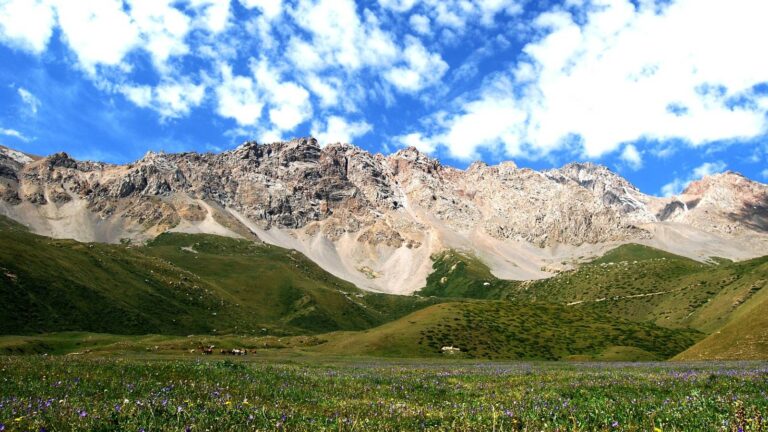Getting There
The Koshoy-Korgon settlement is located 12 km from the village “At Bashy” of the Naryn region. near the village of Kara-Suu, At-Bashinsky district, Naryn region of Kyrgyzstan. It can be reached by car.
What to Expect
At the beginning of the 20th century, researchers reported that the city still has unsolved secrets so it is quite possible that we will still continue to uncover many secrets that the earth hides from man.
The main square of the city of At-Bash is buried deep underground and to date, archaeological excavations are being carried out intermittently.
In 2004 a museum of historical findings and valuable artefacts was opened near Koshoy-Korgon. The exposition of the museum consists of two parts. Archaeological finds from the settlement itself and exhibits found in the Naryn region and on the territory of the Kyrgyz Republic tell about the life of the Kyrgyz people, including tools, household items, military equipment.
History
The fortress was built in the form of a sharp rectangular shape, with an area of 245×250 meters. According to sources, the fortress was more than one kilometer long.
In the 7th-12th centuries, a large city was located here and most of the inhabitants were engaged in handicrafts and trade. No buildings of that period survived, but the fact that there was life here is proved by deep pits from brick kilns. The height of the fortress reached 10 meters but today you can only see the ruins of the city.
Facilities Available
Mobile connection






